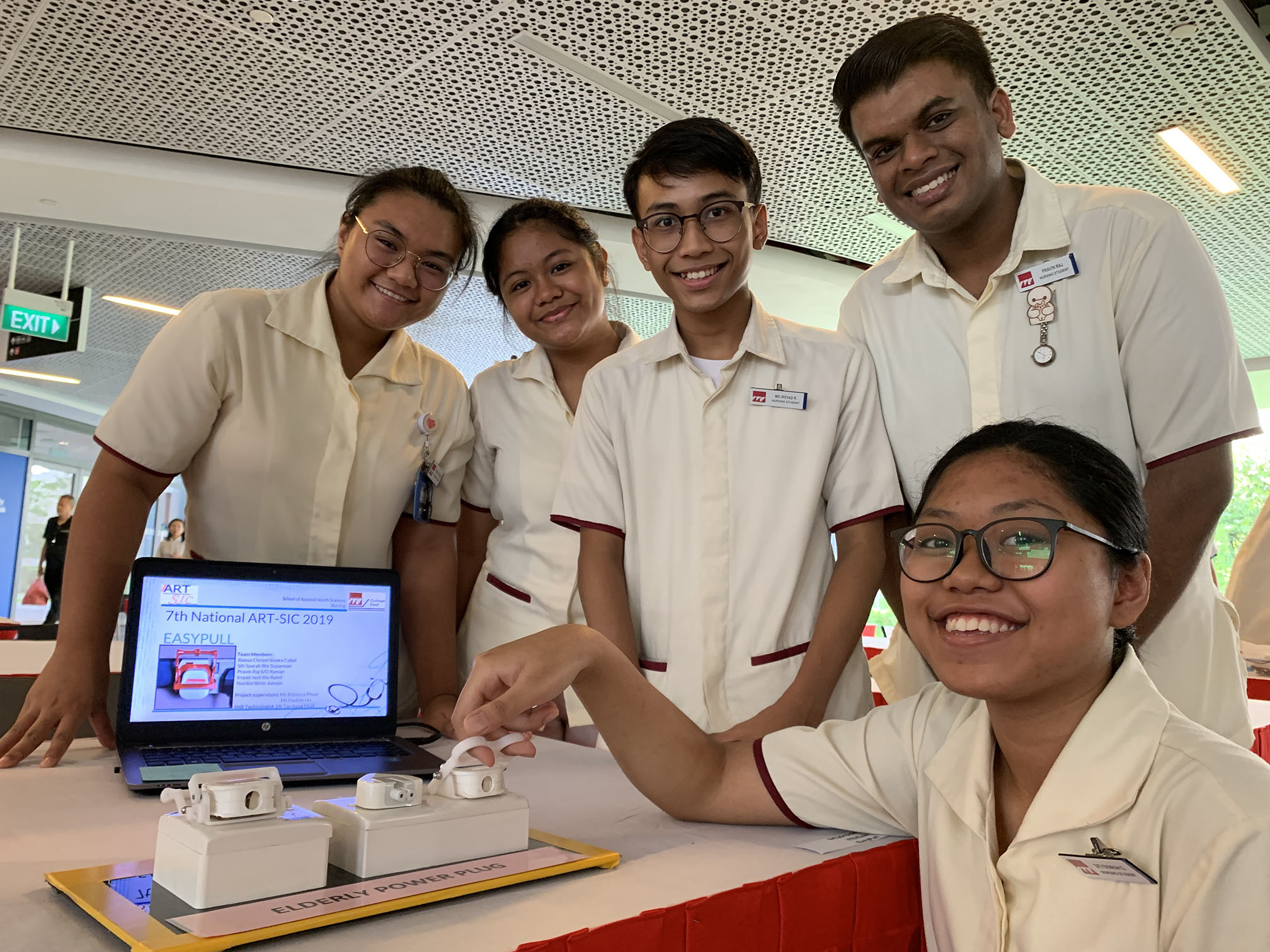Methane Budgets are Very Different in Tropical Peatlands than Northern Peatlands

About the speaker:
Charles Harvey is a professor of hydrogeology and environmental engineering at MIT. His research has contributed to understanding groundwater arsenic contamination, freshwater/saltwater dynamics in coastal aquifers, geologic sequestration of carbon dioxide and fundamental processes of groundwater flow, solute transport and chemical reaction in aquifers. His work in Singapore has focused on tropical peatlands.
About the event:
Methane fluxes measured from tropical peat surfaces are consistently small, a finding that is puzzling both because wetlands are generally a major source of methane to the atmosphere and also because tropical peatlands appear to offer an ideal wetland environment for producing methane. We resolve this puzzle by constructing the first comprehensive methane budget for a tropical peatland from a suite of field measurements collected in northern Borneo. Our analysis of porewater methane concentrations, carbon isotope ratios, and natural tracers indicates that tropical peatlands produce ten times more methane than is emitted from the peat surface. Rainwater infiltration creates lateral flow that transports dissolved methane towards rivers, preventing methane from reaching concentrations sufficient for the formation of bubbles that would carry methane to the peat surface. This lateral advection to rivers is by far the largest methane flux from the peatland, although much of this flux is oxidized in or near rivers before it can escape to the atmosphere. Upward transport through trees, dominated by a small subpopulation of large trees, is the second largest flux. Thus, the fluxes that constitute the methane budget in a tropical peatland are very different than those in northern peatlands: rather than rising to the surface in bubbles, methane is transported to rivers or degasses through trees.














/enri-thumbnails/careeropportunities1f0caf1c-a12d-479c-be7c-3c04e085c617.tmb-mega-menu.jpg?Culture=en&sfvrsn=d7261e3b_1)

/cradle-thumbnails/research-capabilities1516d0ba63aa44f0b4ee77a8c05263b2.tmb-mega-menu.jpg?Culture=en&sfvrsn=1bc94f8_1)

7e6fdc03-9018-4d08-9a98-8a21acbc37ba.tmb-mega-menu.jpg?Culture=en&sfvrsn=7deaf618_1)
